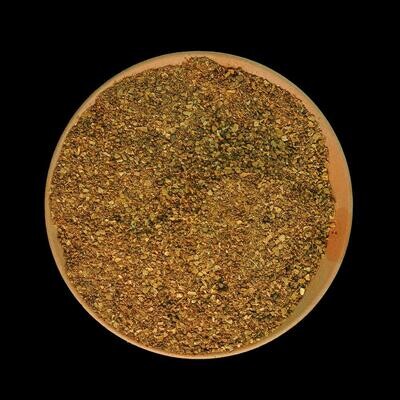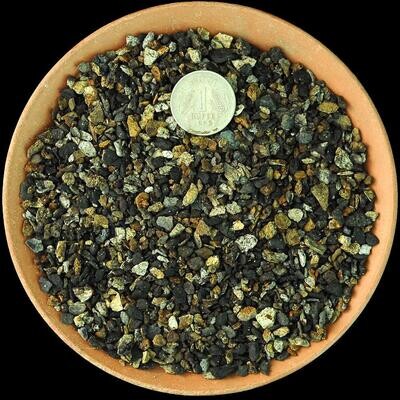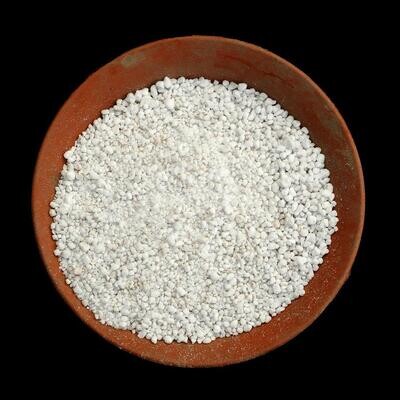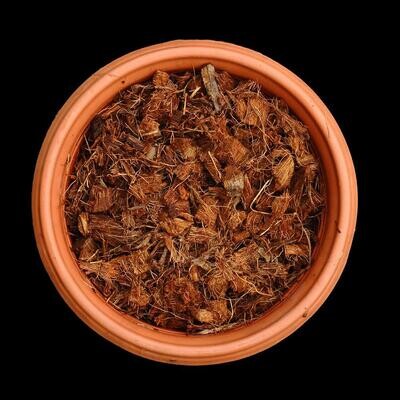Please check the Shipping Updates Page for information on shipping.
Euphorbia brevirama
Synonyms:
None widely recognized.
Origin of Name:
The genus name "Euphorbia" is derived from Euphorbus, a Greek physician associated with the medicinal use of plants in this genus. The species name "brevirama" is derived from the Latin words "brevis," meaning "short," and "rama," meaning "branch" or "stem." This suggests that the plant is characterized by relatively short branches or stems compared to other species within the genus.
Origin of Plant:
Euphorbia brevirama is native to Madagascar, where it typically inhabits rocky and arid regions. It has adapted to the island's unique environment, thriving in conditions that feature low rainfall and poor soil.
Short Description:
Euphorbia brevirama is a succulent shrub distinguished by its thick, cylindrical stems that have a bushy appearance. The plant usually grows to a moderate height, with short, stout branches that may develop a slightly spiny or tuberculate surface. Its leaves can be leathery and are often small, adding to its distinctive appearance. During the blooming season, Euphorbia brevirama produces small, greenish-yellow cyathia typical of the Euphorbia genus, which can add subtle visual interest to its overall form.
Conservation Status:
Euphorbia brevirama is not currently classified as endangered; however, its populations may be threatened by habitat destruction and changes in land use. Cultivating this species in nurseries encourages sustainable practices and helps in conserving its natural habitats.
Care Instructions:
Euphorbia brevirama thrives in a well-draining soil mix designed for cacti and succulents. It prefers bright, indirect sunlight but can tolerate some direct sun exposure. Water the plant moderately, allowing the soil to dry out completely between waterings to avoid root rot. During the winter months, watering should be reduced, as the plant enters a dormant phase. Fertilization with a diluted, balanced fertilizer can be applied during the growing season to support healthy growth. Handle with care due to the milky sap, which can be irritating to skin and eyes. This species can be a unique and resilient addition to succulent collections or arid garden designs.





